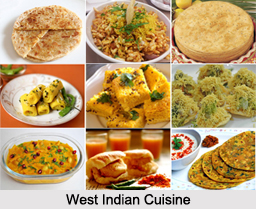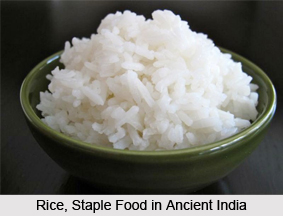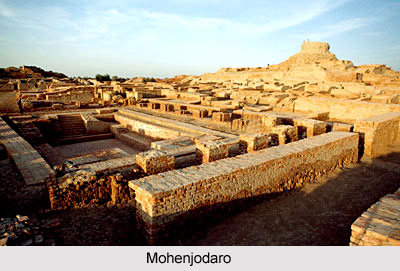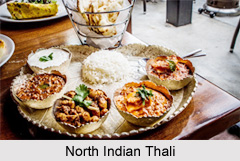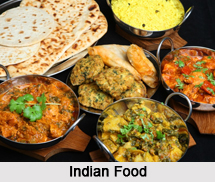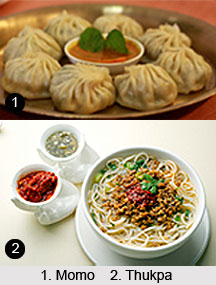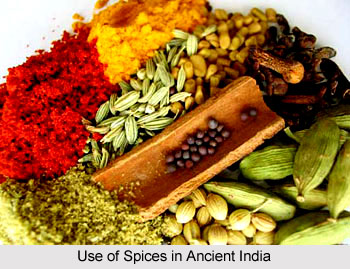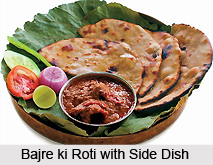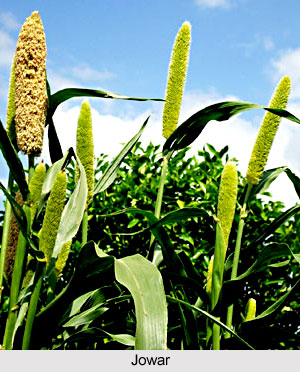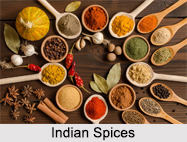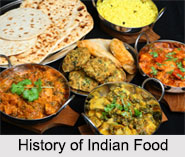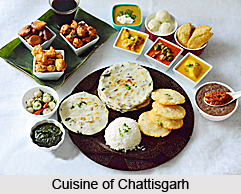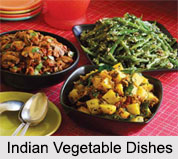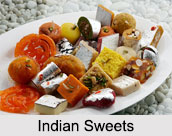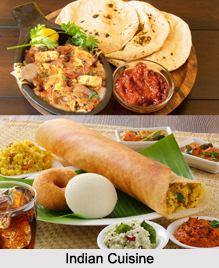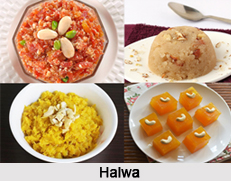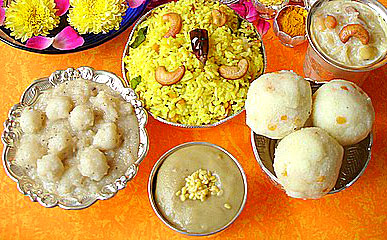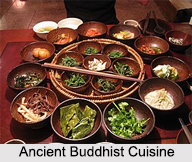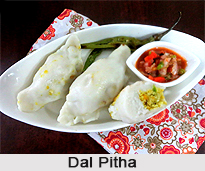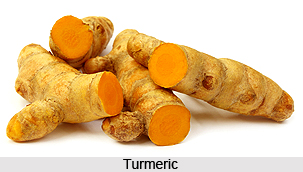 False Coriander herb grows on wide range of soils and climate. However, for better growth it requires a well-drained soil. It grows actively with profuse branching and a moderate creeping habit during rainy season. The herb is aromatic and perennial with thick spear shaped leaves. The leaves are simple, alternate, smooth and shiny with prominent midribs, bordering with sickle edges. The roots are thick and superficial with fibrous rooting habit. The long flower stalk bears sharp spines; while the flowers are aggregated into compact heads being enclosed by a whorl shaped tiny bracts. The leaves, stem and root have its own characteristic spicy aroma and used as flavoring spice in local curry and dishes. The plant yield volatile oil. The fruits are also used as condiments.
False Coriander herb grows on wide range of soils and climate. However, for better growth it requires a well-drained soil. It grows actively with profuse branching and a moderate creeping habit during rainy season. The herb is aromatic and perennial with thick spear shaped leaves. The leaves are simple, alternate, smooth and shiny with prominent midribs, bordering with sickle edges. The roots are thick and superficial with fibrous rooting habit. The long flower stalk bears sharp spines; while the flowers are aggregated into compact heads being enclosed by a whorl shaped tiny bracts. The leaves, stem and root have its own characteristic spicy aroma and used as flavoring spice in local curry and dishes. The plant yield volatile oil. The fruits are also used as condiments.
In Manipur, since epic days, it is favorite spice and is grown as pot herb in kitchen gardens for domestic use.
In most of the fish, vegetable and meat dishes this spice is added in Manipur for flavor and taste. Usually seeds are considered as spice added either crushed or whole. The plant is used as medicine and green vegetable and often added to traditional salad dishes like `Eromba`.
It is used as folk medicine in Manipur. The roots are commonly served for stomach troubles. The decoction of the herb at the rate of tea spoon full twice daily for a week after meals relieves hypertension.
False Coriander is a small herb, growing in wild form in many parts of North Eastern India but virtually unknown in rest of India. It is commonly used as spice in Manipur and neighboring areas.
Botanical name:Eryngium foetidum Linn.
Family name:Umbelliferae.
